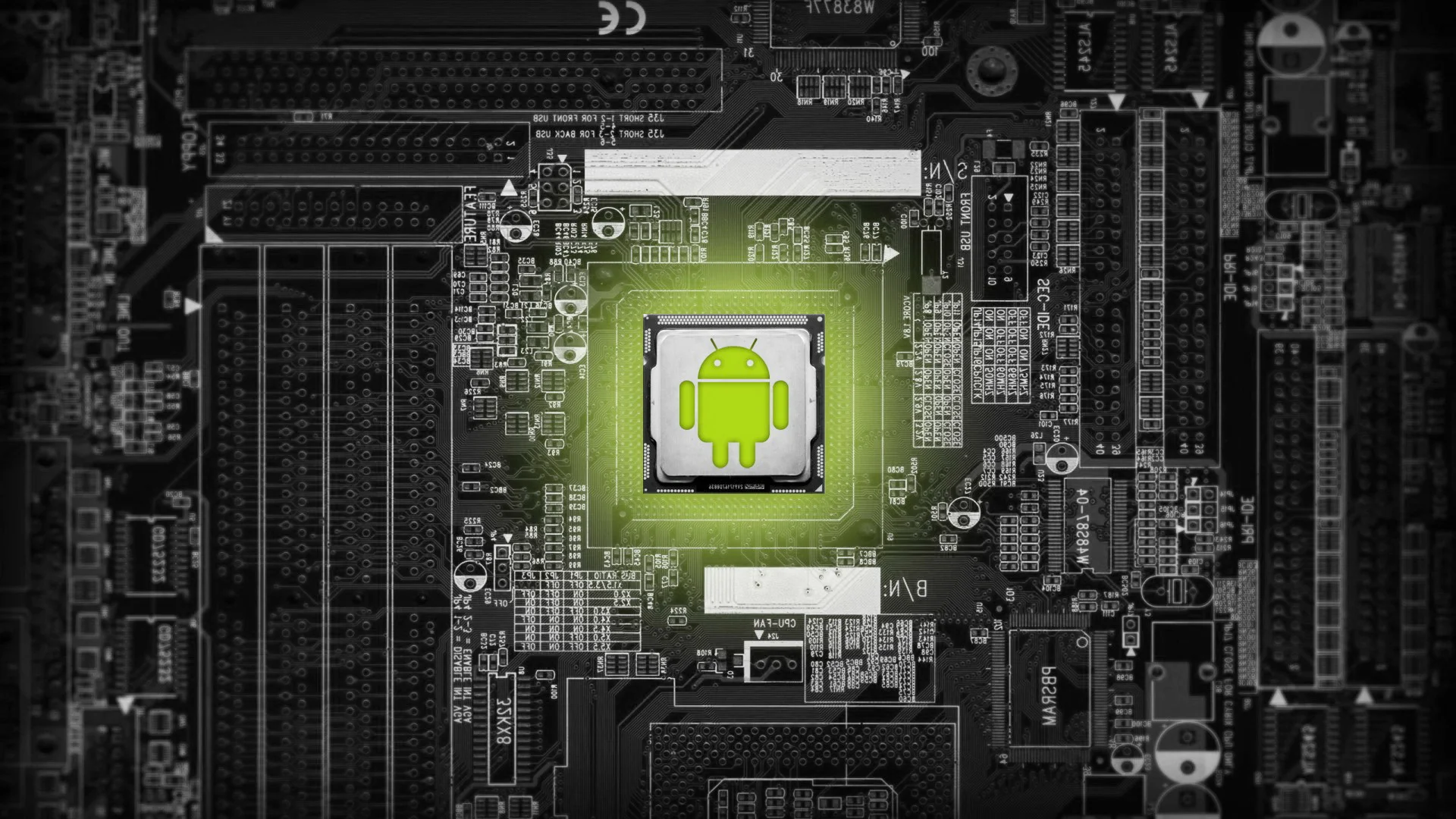
The creator of the YouTube channel Golden Reviewer compared the top chips of several devices at peak loads.
The test involved two Samsung Galaxy S22 Ultra with Exynos 2200 and Snapdragon 8 Gen 1 on board, as well as Xiaomi 12T Pro on the Snapdragon 8+ Gen 1 platform and Google Pixel 7 Pro on Tensor G2. First, a stress test was carried out, thanks to which one can judge the maximum potential of the chips under load. After only three minutes, only the Snapdragon 8+ Gen 1 showed close to maximum results, while the rest of the processors were running 20% below their potential. After 20 minutes, the Snapdragon 8+ Gen 1 continued to lead and showed 80% of the power potential, the Tensor G2 results dropped to 60%, the Exynos 2200 showed slightly lower results, and the Snapdragon 8 Gen 1 dropped to 40% of the potential. Curiously, the latest chipset after a while got a "second wind" and gave out almost 90%.
In 20 minutes, the Snapdragon 8 Gen 1 based Galaxy S22 Ultra reached 43.3 degrees, the Exynos 2200 version reached 43.8 degrees, the Xiaomi 12T Pro reached 46.3 degrees, and the Pixel 7 Pro reached 43.3 degrees in the same time. 39.6 degrees. In the 3DMark test, the Xiaomi device showed an error and could not finish the test due to high heat. The remaining models were able to complete the test. The most stable suddenly became Pixel 7 Pro, which issued a result of 71.3%. "Silver" in the discipline was taken by Galaxy S22 Ultra with Exynos 2200 with a score of 61.8. The third was the Galaxy S22 Ultra on Snapdragon 8 Gen 1 (49.8%). However, it is worth noting that both smartphones of the South Korean brand left behind the flagship device from Google in terms of ultimate performance, and at their own minimum they were not far behind the Pixel 7.
Such tests are designed to show the operation of chipsets under extreme loads, which usually does not happen in everyday smartphone use scenarios.
The test involved two Samsung Galaxy S22 Ultra with Exynos 2200 and Snapdragon 8 Gen 1 on board, as well as Xiaomi 12T Pro on the Snapdragon 8+ Gen 1 platform and Google Pixel 7 Pro on Tensor G2. First, a stress test was carried out, thanks to which one can judge the maximum potential of the chips under load. After only three minutes, only the Snapdragon 8+ Gen 1 showed close to maximum results, while the rest of the processors were running 20% below their potential. After 20 minutes, the Snapdragon 8+ Gen 1 continued to lead and showed 80% of the power potential, the Tensor G2 results dropped to 60%, the Exynos 2200 showed slightly lower results, and the Snapdragon 8 Gen 1 dropped to 40% of the potential. Curiously, the latest chipset after a while got a "second wind" and gave out almost 90%.
In 20 minutes, the Snapdragon 8 Gen 1 based Galaxy S22 Ultra reached 43.3 degrees, the Exynos 2200 version reached 43.8 degrees, the Xiaomi 12T Pro reached 46.3 degrees, and the Pixel 7 Pro reached 43.3 degrees in the same time. 39.6 degrees. In the 3DMark test, the Xiaomi device showed an error and could not finish the test due to high heat. The remaining models were able to complete the test. The most stable suddenly became Pixel 7 Pro, which issued a result of 71.3%. "Silver" in the discipline was taken by Galaxy S22 Ultra with Exynos 2200 with a score of 61.8. The third was the Galaxy S22 Ultra on Snapdragon 8 Gen 1 (49.8%). However, it is worth noting that both smartphones of the South Korean brand left behind the flagship device from Google in terms of ultimate performance, and at their own minimum they were not far behind the Pixel 7.
Such tests are designed to show the operation of chipsets under extreme loads, which usually does not happen in everyday smartphone use scenarios.
Login or register to post comments
Comments 0